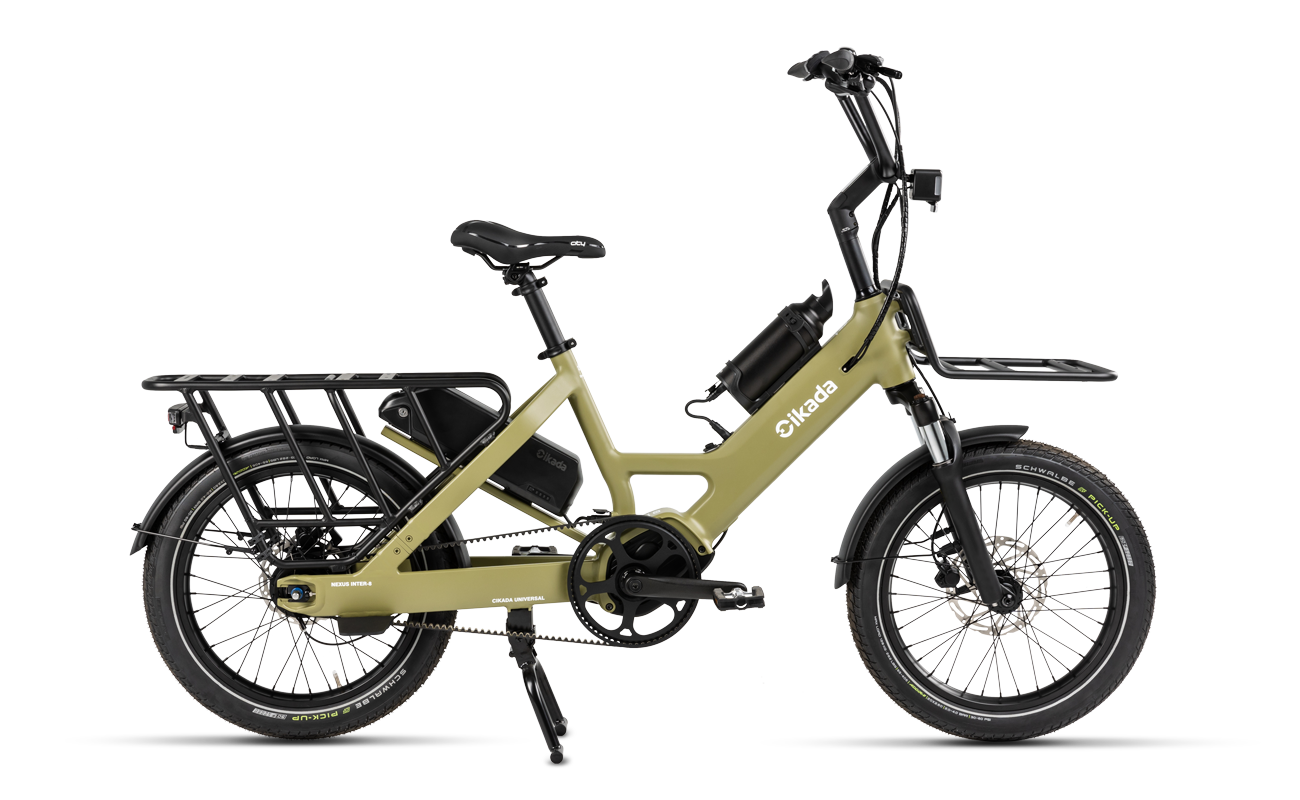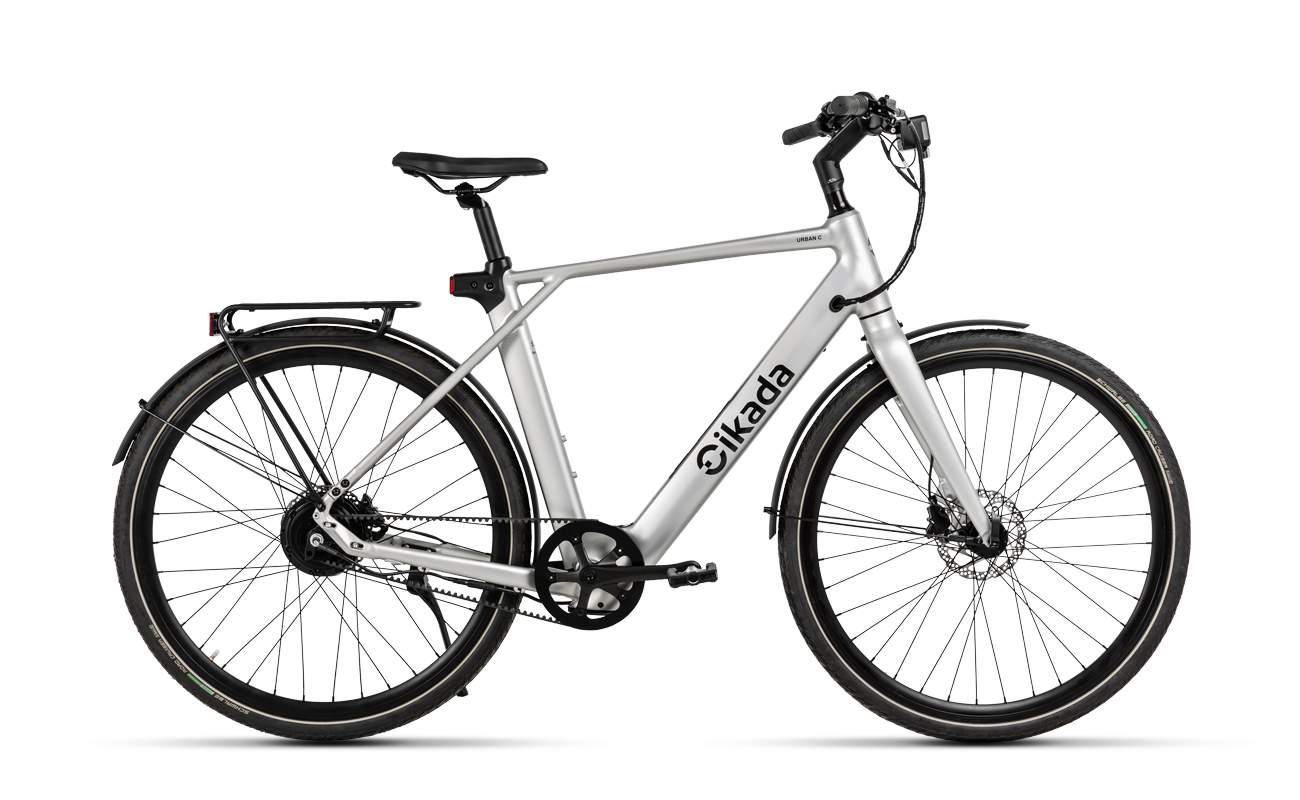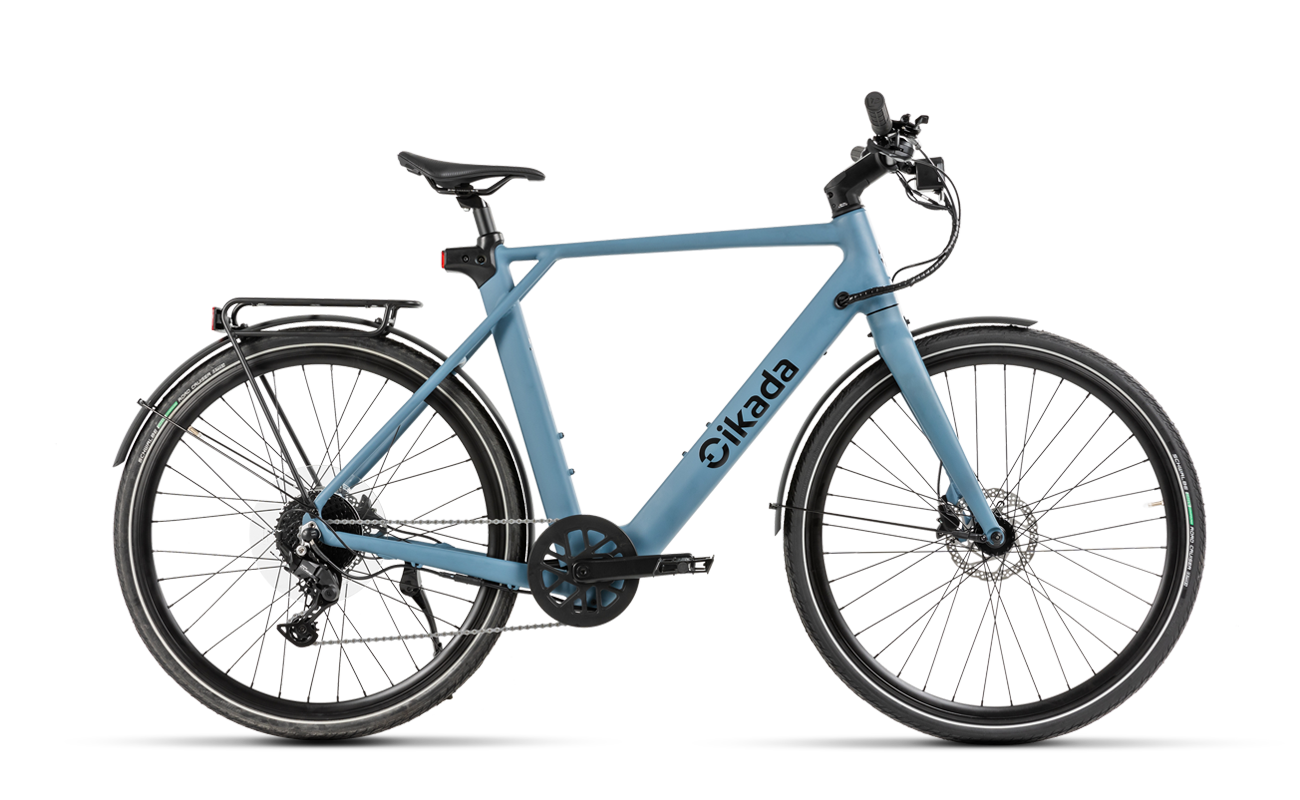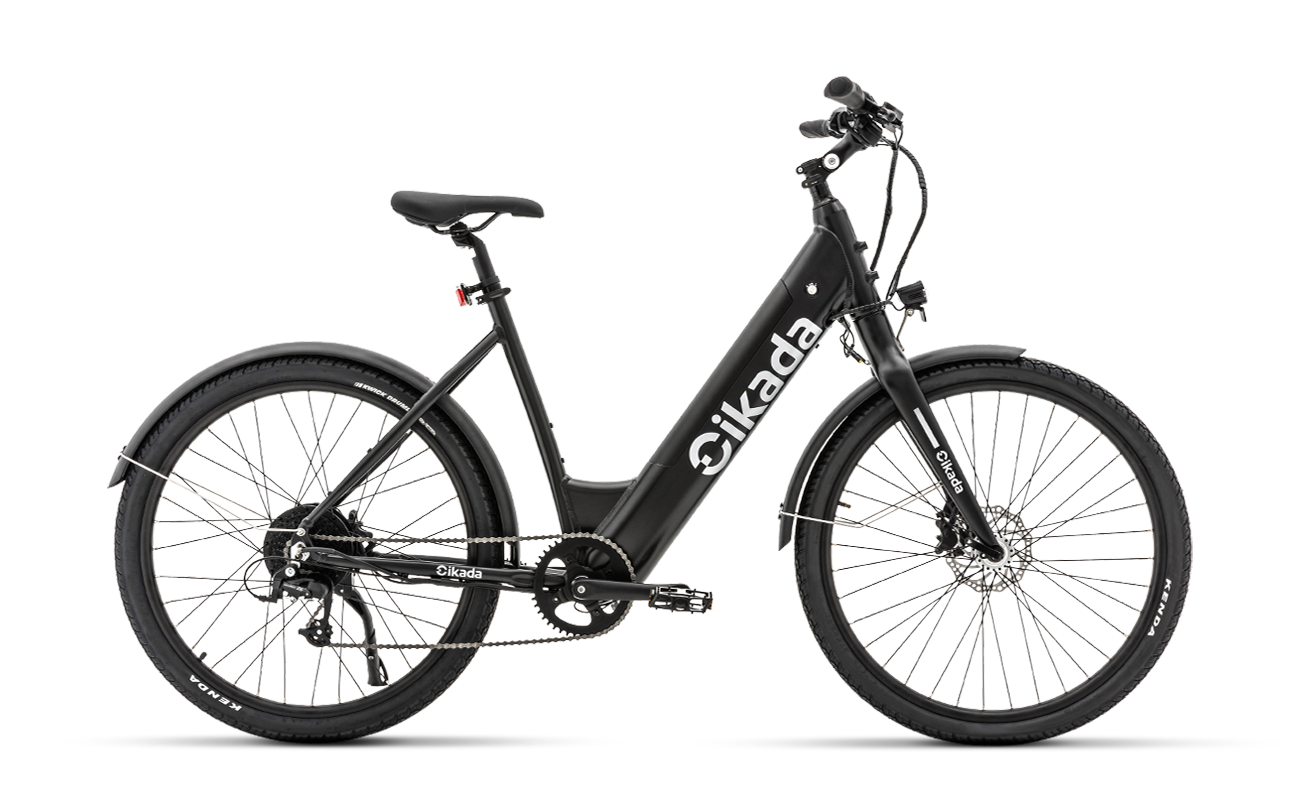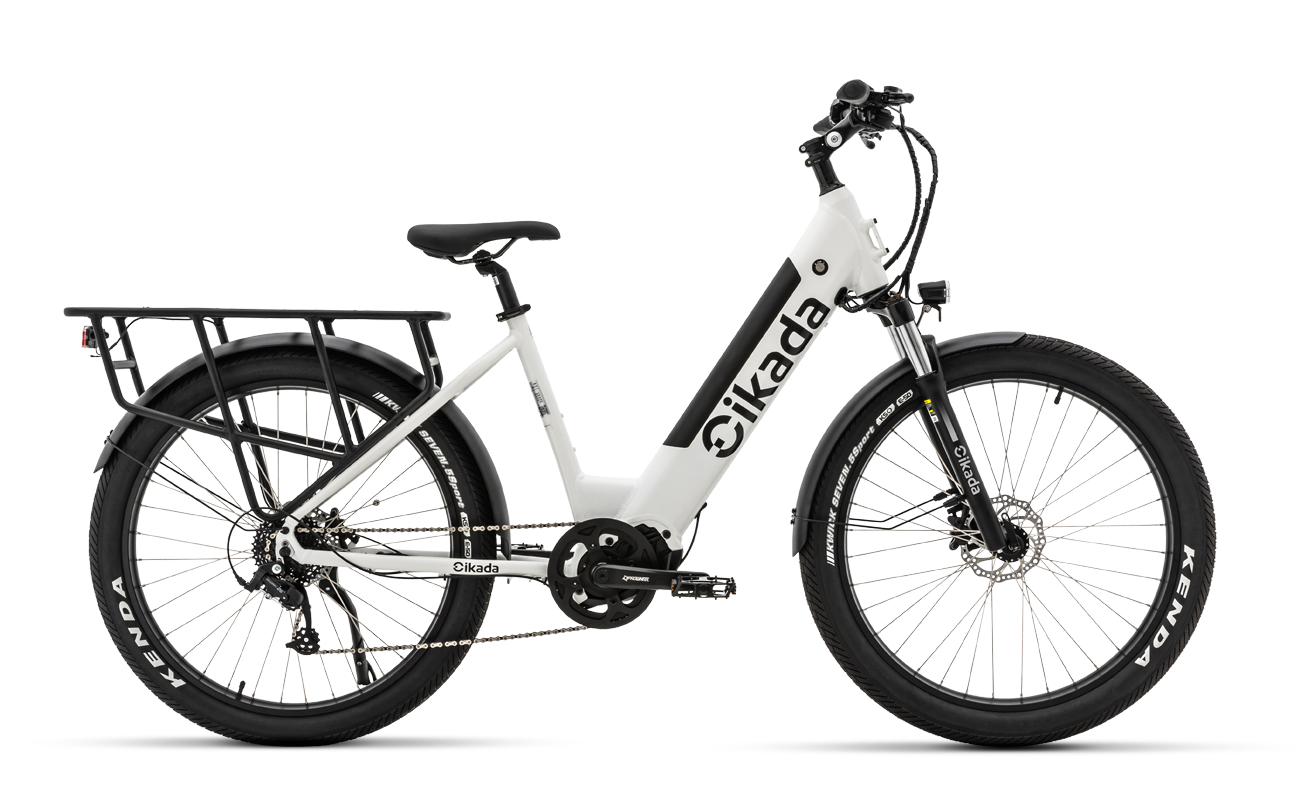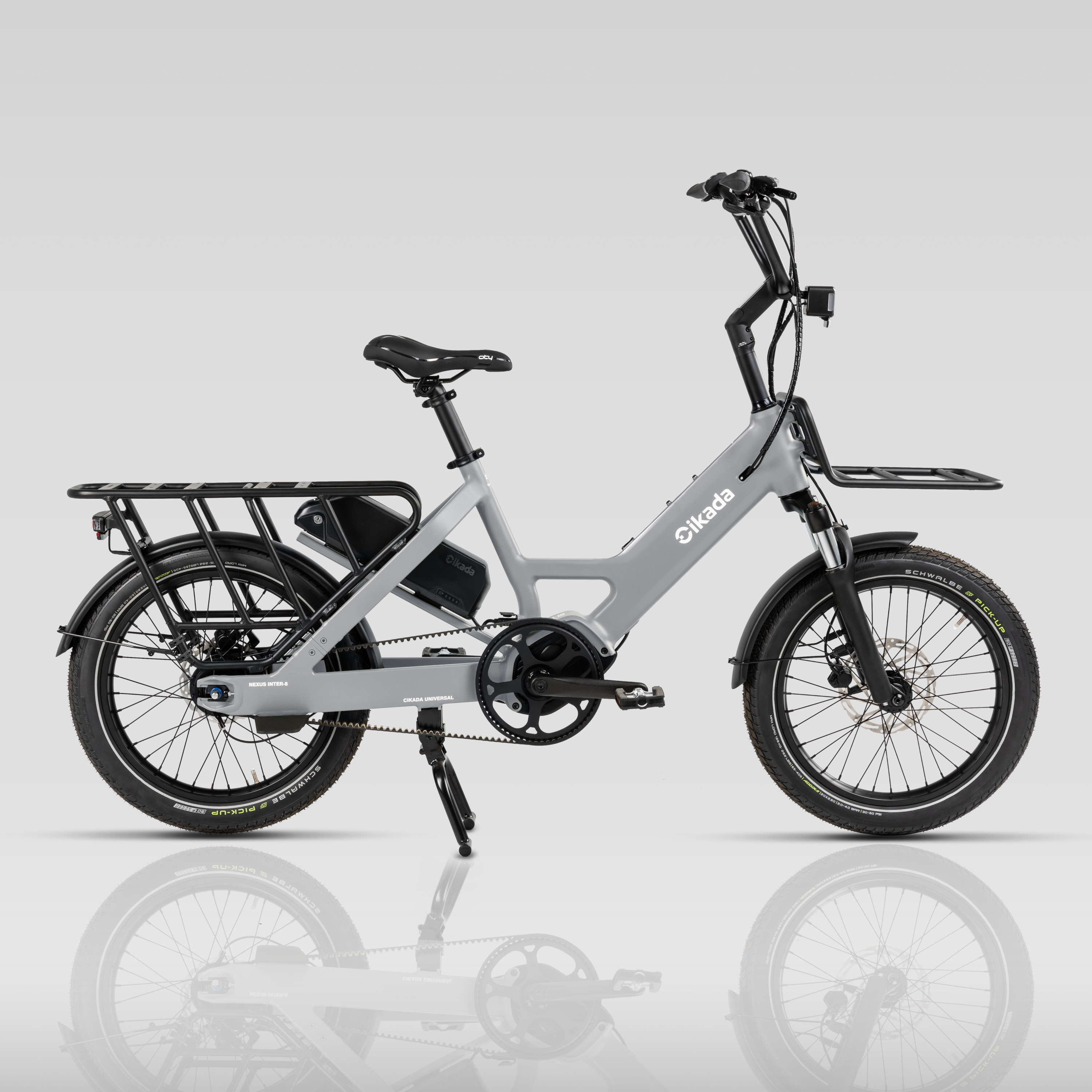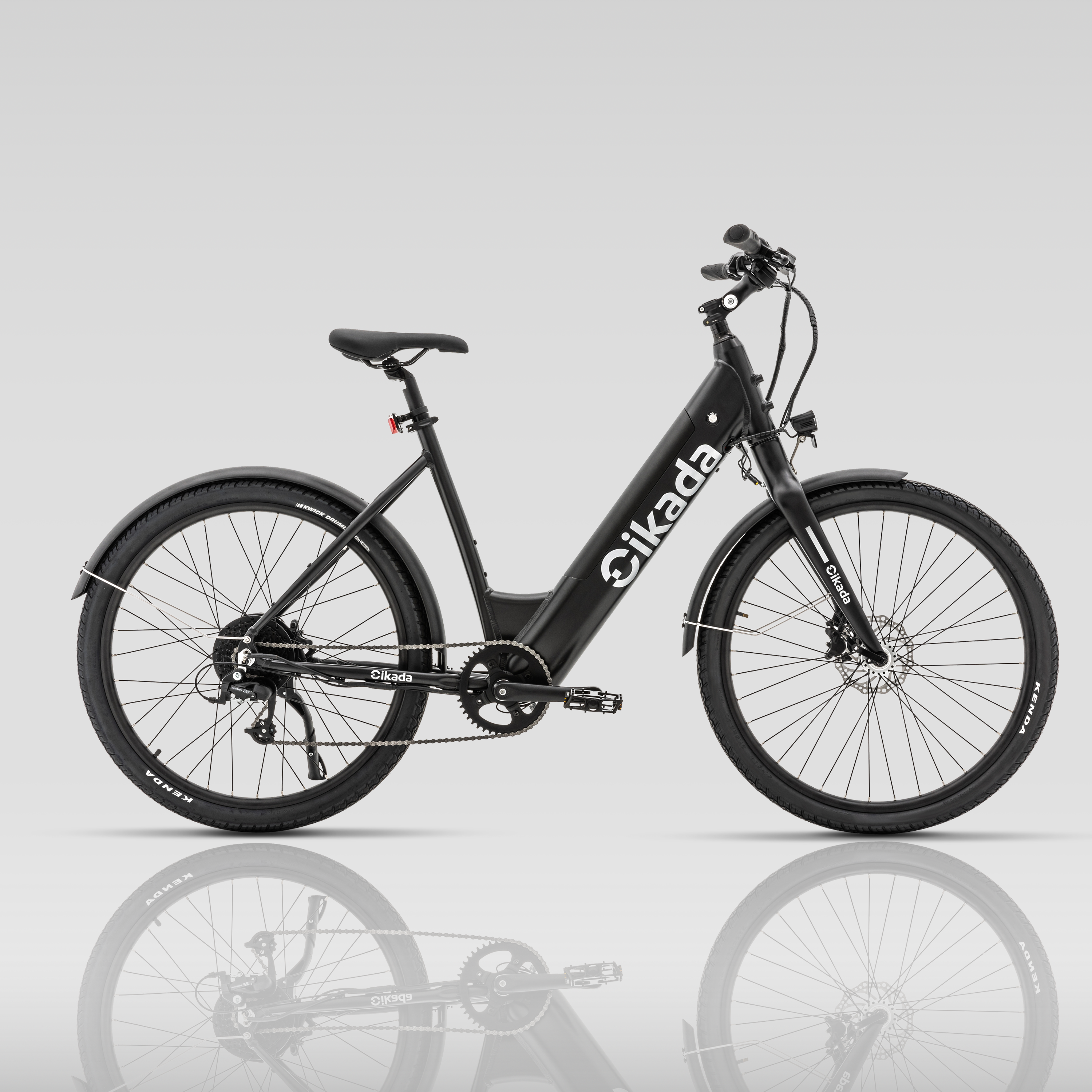Navigating Ebike Regulations in the US: A State-by-State Guide for Riders
 Electric bikes (ebikes) are revolutionizing transportation, offering a fun, eco-friendly, and efficient way to get around. As ebikes gain popularity, understanding the regulations surrounding their use becomes crucial. This guide breaks down the basics of ebike laws in the United States, helping you stay informed and ride responsibly.
Electric bikes (ebikes) are revolutionizing transportation, offering a fun, eco-friendly, and efficient way to get around. As ebikes gain popularity, understanding the regulations surrounding their use becomes crucial. This guide breaks down the basics of ebike laws in the United States, helping you stay informed and ride responsibly.
Understanding the Three-Class System
Many states have adopted a three-class system to categorize ebikes, making it easier to define regulations. Here's a quick overview:
- Class 1: These ebikes have a motor that assists only when the rider is pedaling (pedal-assist) and stops assisting when the bike reaches 20 mph.
- Class 2: These ebikes have a throttle-assisted motor that can propel the bike up to 20 mph, even without pedaling.
- Class 3: These ebikes are pedal-assist only, like Class 1, but can reach speeds of up to 28 mph.
Key Regulations to Know
- Age Restrictions: Some states have age restrictions for operating certain classes of ebikes. For example, some states require riders of Class 3 ebikes to be at least 16 or 17 years old.
- Helmet Laws: Helmet laws vary widely. Some states require helmets for all ebike riders, while others only require them for younger riders (under 16 or 18). It's always a good idea to wear a helmet, regardless of the law.
- Where You Can Ride: Ebike access to bike paths, trails, and roads depends on the state and local regulations. Generally, Class 1 and Class 2 ebikes have broader access, while Class 3 ebikes may be restricted from certain paths.
- Licensing and Registration: Most states do not require a license, registration, or insurance for ebikes that meet the three-class definitions. However, some states may have specific requirements for ebikes that exceed these classifications.
State-by-State Overview
Ebike regulations can vary significantly from state to state. Here's a more detailed overview of some key states:
- Alaska: Alaska does not have age restrictions for ebike riders. However, helmets are mandatory for all ebike users. Class 2 and 3 ebikes are not allowed on trails and bike paths. Always check local ordinances for additional rules.
- California: California was one of the first states to adopt the three-class system. Class 1 and 2 ebikes are generally allowed anywhere regular bikes are allowed, while Class 3 ebikes may be restricted on some paths. Helmets are required for all riders under 18 and all Class 3 e-bike riders.
- Florida: Florida law defines ebikes similarly to the three-class system and allows them on bicycle paths and roadways. Local jurisdictions may have additional regulations.
- Hawaii: Ebike laws in Hawaii treat ebikes similarly to traditional bicycles. Riders under 16 must wear helmets. Class 3 ebikes are restricted to road use only and are not permitted on bike paths or sidewalks.
- Kentucky: Kentucky does not require a license, registration, or insurance for ebikes. There are no statewide helmet or age restrictions, and ebikes are generally allowed wherever traditional bicycles can go, including bike paths and roads.
- Montana: Montana defines ebikes as bicycles if they have a maximum speed of 20 mph. There are no age or helmet requirements at the state level. Ebikes are allowed on most bike paths and trails, but local rules may apply.
- New York: New York allows Class 1 and 2 ebikes in New York City, but Class 3 ebikes are not permitted. The state has specific regulations regarding helmet use and speed limits.
- North Carolina: North Carolina allows ebikes with a maximum power of 750W and a top speed of 20 mph. Riders must be at least 16 years old. Helmets are not required by state law, but are recommended. Ebikes are allowed on roads and some bike paths, but check local regulations for trail access.
- Oregon: Oregon classifies ebikes as bicycles with a maximum motor output of 1000W and a top speed of 20 mph. Riders must be at least 16 years old. Helmets are required for riders under 16. Class 3 ebikes (up to 28 mph) are not allowed to have throttles and may be restricted from certain paths.
- Pennsylvania: Pennsylvania treats ebikes as bicycles if they have a maximum power of 750W and a top speed of 20 mph. Riders must be at least 16 years old. Helmets are required for riders under 12. Ebikes are allowed on roads, bike lanes, and some bike paths.
- Rhode Island: Rhode Island defines ebikes as bicycles if they have a maximum power of 1491W and a top speed of 25 mph. There are no statewide helmet or age requirements. Ebikes are generally allowed on roads and bike paths, but local rules may apply.
- South Carolina: South Carolina’s ebike laws are less defined but generally follow the three-class system. There are no statewide helmet or age requirements. Ebikes are allowed on roads, but access to bike paths and trails may vary by locality.
- Texas: Texas allows ebikes on most roadways and bike paths, but local authorities can regulate their use further.
Disclaimer: Laws are subject to change. Always check local regulations before riding.
Tips for Responsible Ebike Riding
- Know Your Local Laws: Always research and understand the ebike regulations in your city and state.
- Wear a Helmet: Protect yourself by wearing a properly fitted helmet.
- Follow Traffic Laws: Obey all traffic laws, signals, and signs.
- Be Aware of Your Surroundings: Pay attention to pedestrians, cyclists, and other vehicles.
- Maintain Your Ebike: Regularly inspect and maintain your ebike to ensure it's in good working condition.
Why Choose Our Ebikes?
At Cikada, we're committed to providing high-quality ebikes that meet all safety standards and regulations. Our ebikes are designed for performance, comfort, and reliability, ensuring you have the best riding experience possible. Plus, we stay up-to-date on the latest ebike laws to keep you informed and compliant.
Conclusion
Navigating ebike regulations might seem daunting, but with a little research and awareness, you can enjoy the many benefits of ebiking responsibly. Stay informed, ride safely, and explore the world around you on two wheels!
Ready to experience the joy of ebiking? Browse our collection of ebikes and find the perfect ride for your needs.

